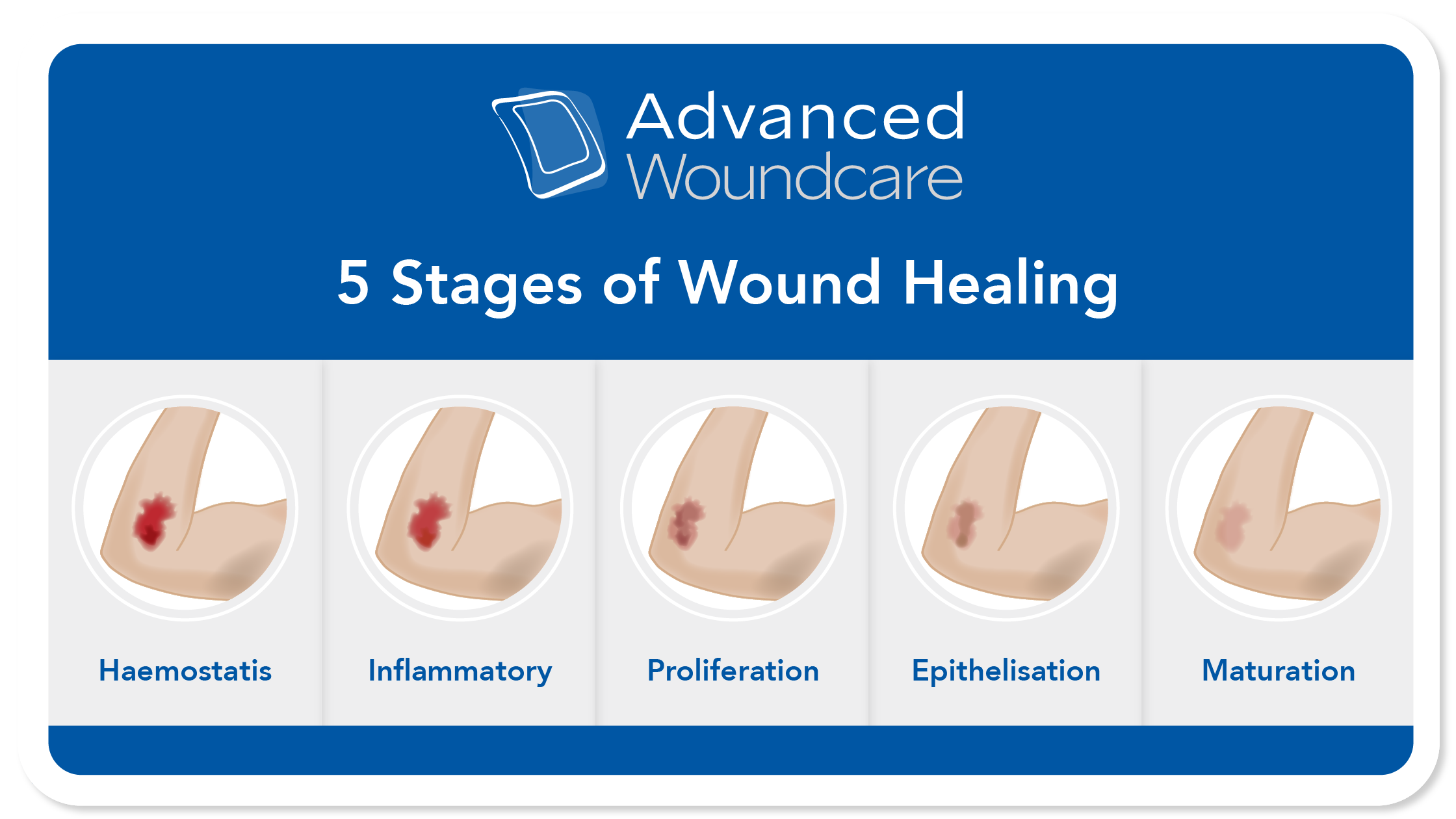Headlines
- Advanced Footcare Solutions: Use Cases Explained
- Keeping Customers Covered: How Pharmacies can address the Summer Burn Surge - A clinical and practical guide for pharmacy teams
- Fleming Medical Achieves ISO 13485 Certification – Reinforcing Our Commitment to Patient Safety and Quality
- Breathe Easy with Medicare Nasal Spray
- Gentle Daily Ear Care with Medicare Ear Spray
Advanced Woundcare: How Wounds Heal & How to Treat them
31 March 2022

It's important to know the basics of woundcare and wound healing to be able to help yourself, your customers, or a loved one. Discover the Medicare Advanced Woundcare Range with solutions for every stage of the healing process.
Cuts and scrapes are covered in our Clean Apply Cover blog post and while the Clean Apply Cover methodology is a good place to start, it's nice to know what the proper stages of wound healing are so you can help heal your injury correctly.
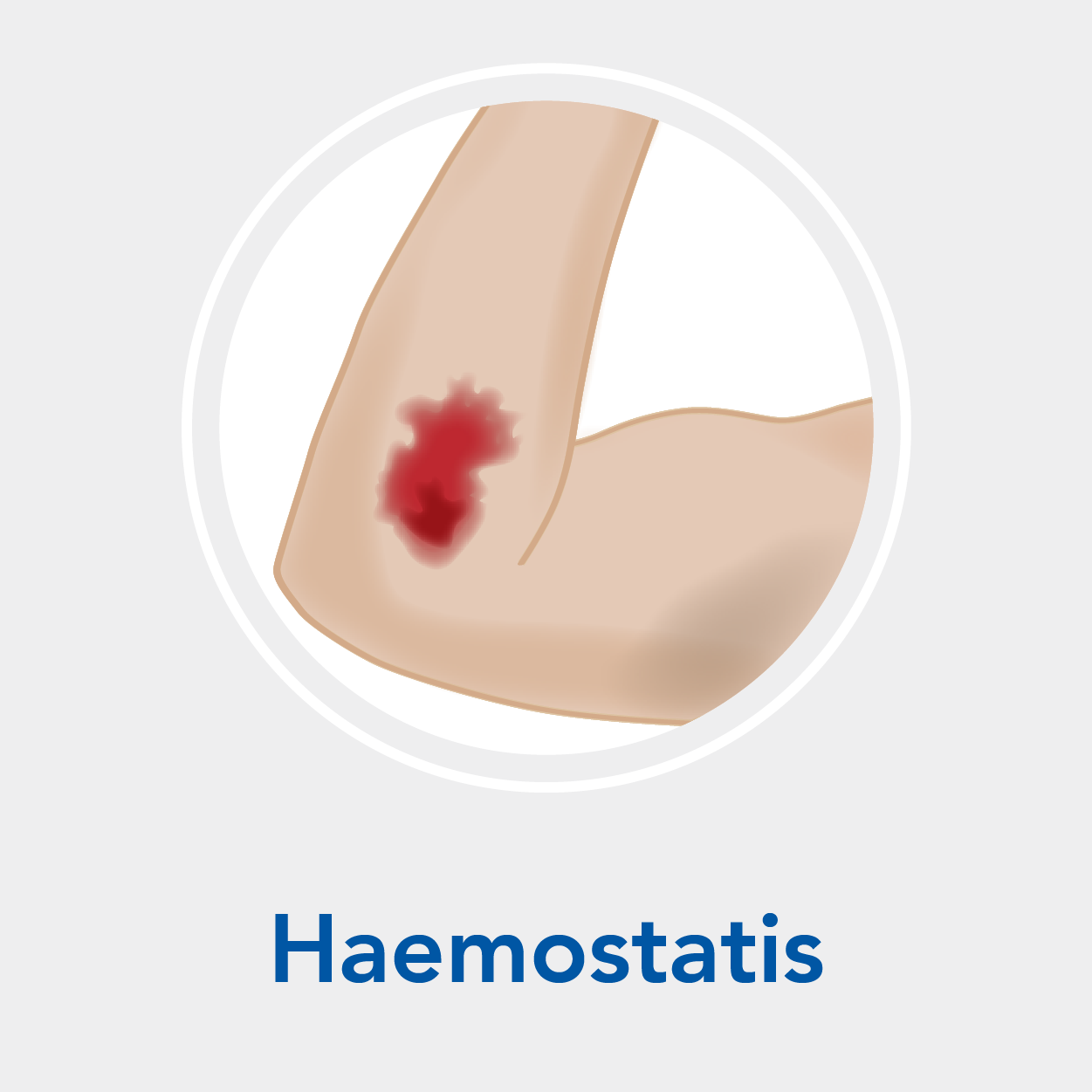
| When does this occur? | Within minutes of injury. |
| What is happening at this stage? | The wound is deep and bleeding heavily, but no stitches are needed. |
| What does the wound look like? | It is clean and the blood is coagulating into a platelet plug. |
| What are the treatment objectives? | Cover and protect the wound and absorb any remaining blood. |
| What kind of dressings should be used at this stage? | Meditull, Medisite, Medipad, Medporex . |
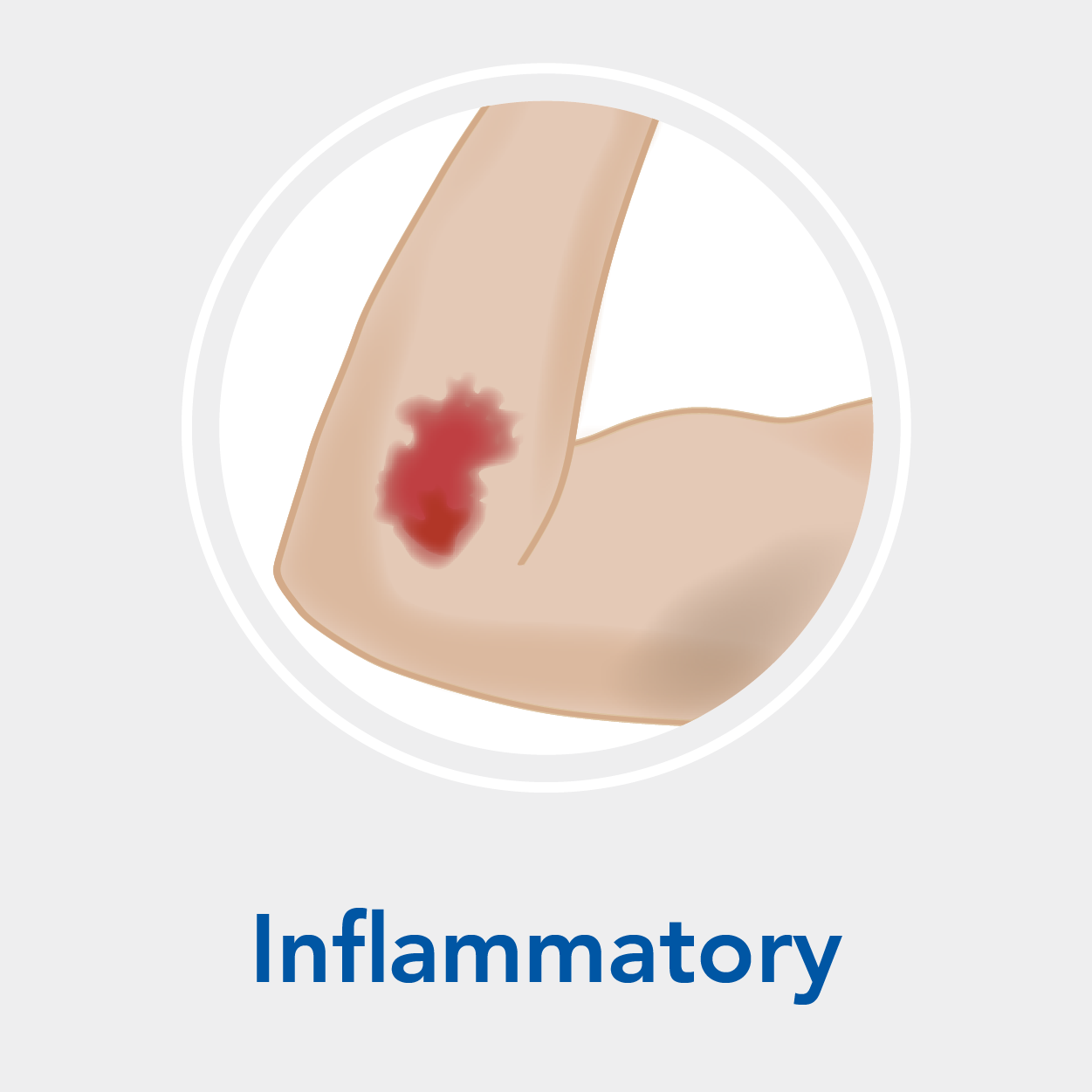
| When does this occur? | Within 0-3 days of injury |
| What is happening at this stage? | The wound is healing, and debridement begins to occur. Exudate is starting to form. |
| What does the wound look like? | The surrounding skin may be red, hot, swollen. Minimal or moderate exudate may appear in the form of white or yellow slough. |
| What are the treatment objectives? | Covering and protecting the wound is still important but now you must manage the exudate, any bacteria forming, and aid the removal of dead tissue. |
| What kind of dressings should be used at this stage? | Mediflex, Medicel, Medifoam. |
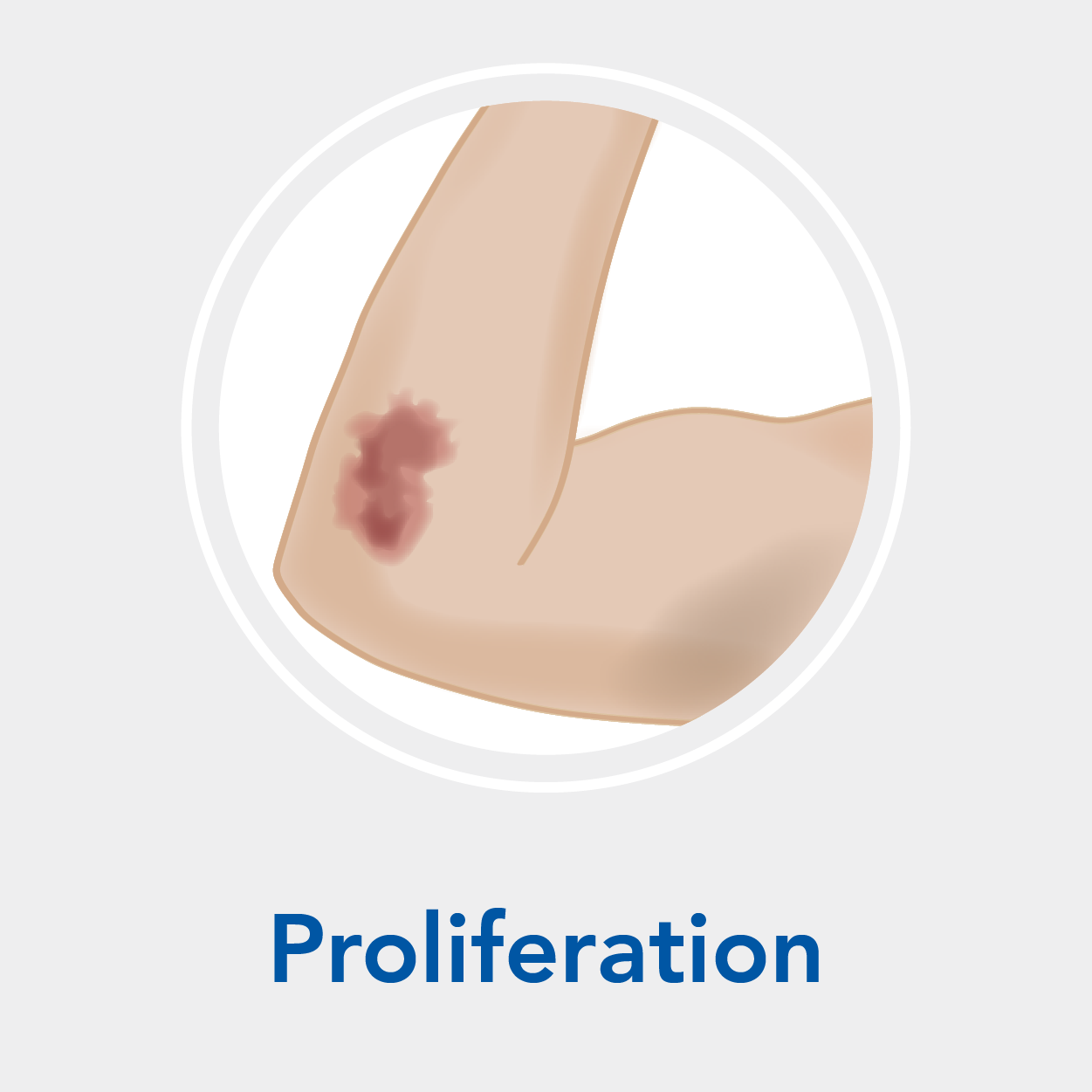
| When does this occur? | Within 3-24 days of injury |
| What is happening at this stage? | This is the reconstruction/repair phase. The wound fills from the bottom up with new granulated tissue. |
| What does the wound look like? | There is red granulated tissue in the wound bed. As the wound fills with the granulated tissue, pink/white epithelial tissue migrates from the wound edge. |
| What are the treatment objectives? | Cover and protect the new tissue forming, absorb exudate. |
| What kind of dressings should be used at this stage? | Mediflex, Medifoam. |
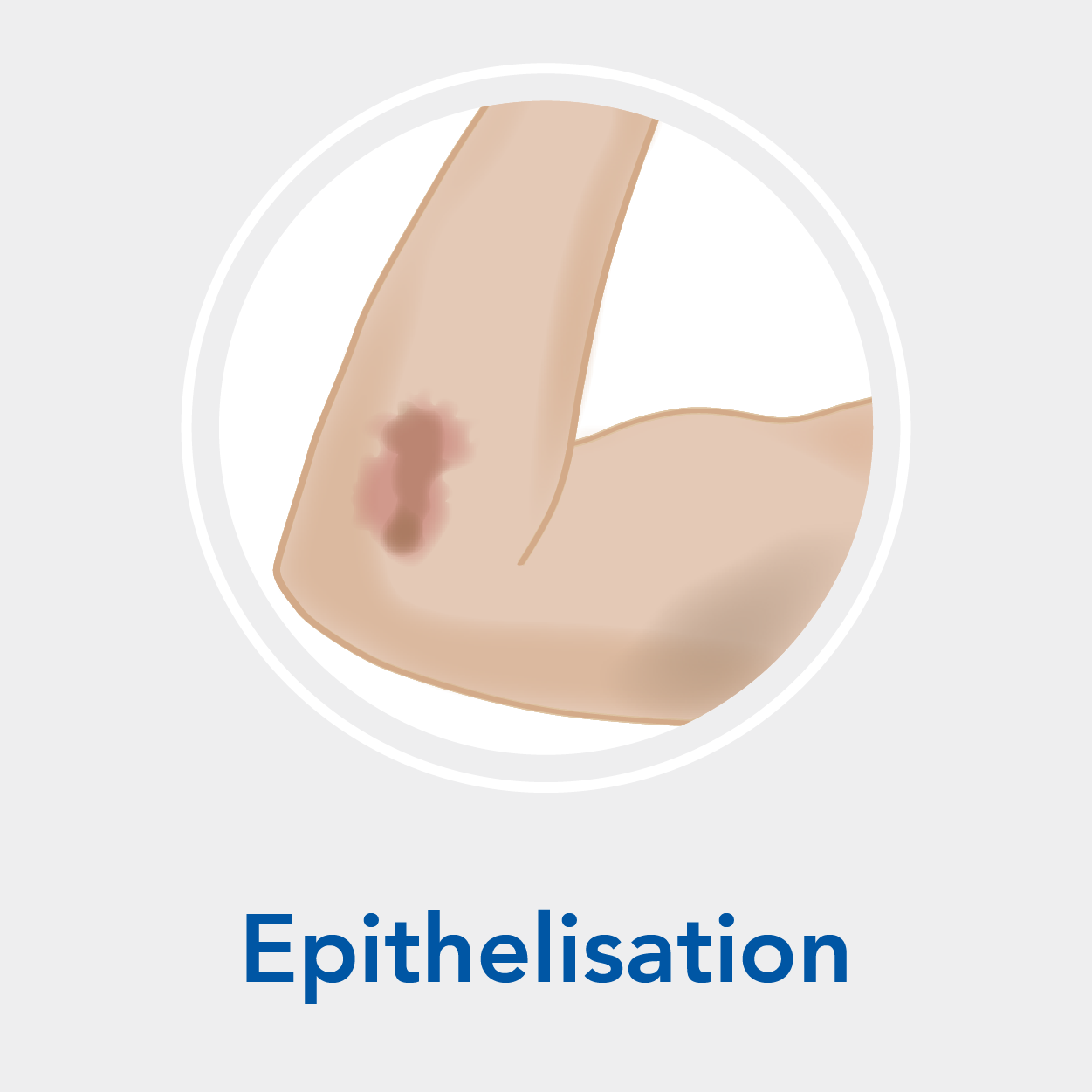
| When does this occur? | Within 3-24 days of injury |
| What is happening at this stage? | The wound is still in the reconstruction/repair phase. New skin is forming over the wound which is very delicate. |
| What does the wound look like? | Pink/white epithelial tissue covers the wound and is very delicate with no exudate. |
| What are the treatment objectives? | Cover and protect the new epithelial tissue and encourage moist wound healing. |
| What kind of dressings should be used at this stage? | Mediflex, Medifoam, Medisite, Medporex. |
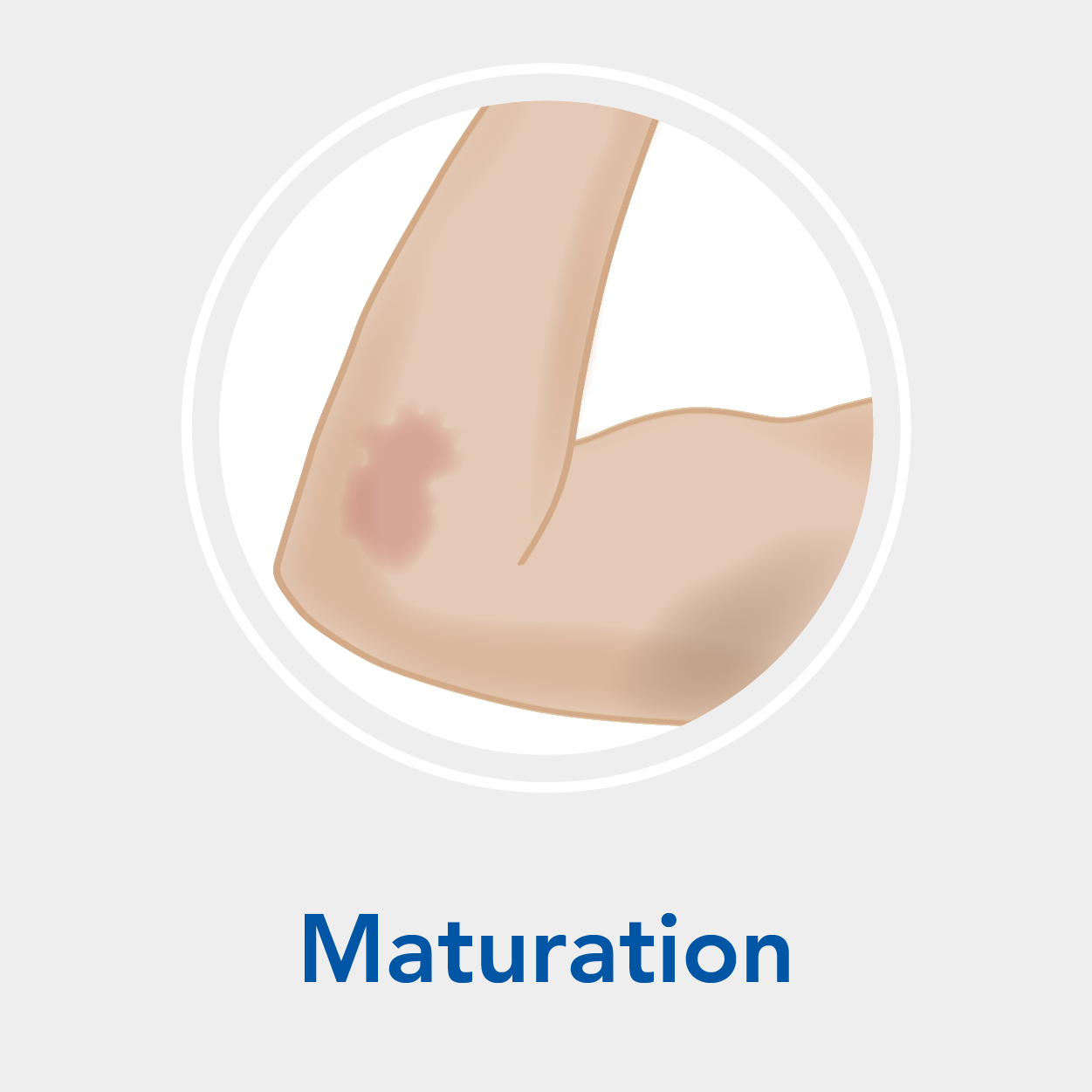
| When does this occur? | Within 24 days – 2 years of injury |
| What is happening at this stage? | The wound has healed but the skin is still delicate which means there is a risk of reopening the scar. |
| What does the wound look like? | The wound is closed but not fully healed. |
| What are the treatment objectives? | Cover and protect if at risk of new damage |
| What kind of dressings should be used at this stage? | Medisite, Medipad, Medporex. |
The healing process depends on how large or deep the wound is. An open wound will take longer to heal than a closed wound. Wounds can often heal faster or better if you keep them covered with a dressing as it keeps it protected from bacteria and from the risk of reopening. Some health conditions can affect the healing process of a wound like diabetes, obesity, high blood pressure or vascular diseases.
A wound may also heal slowly if it's infected. This is because your body is working hard to clean and protect the wound and cannot get to the rebuilding stage properly.
Signs of an infection include:
- Slow healing or doesn't seem to be healing at all
- Swelling
- Redness
- Pain or tenderness
- Hot or warm to touch
- Oozing pus or liquid (exudate)
- Cleaning the wound
- Removing dead or damaged tissue around the wound
- Antibiotic medications
- Antibiotic skin ointments for the wound
Always seek professional advice if your wound shows any sign of infection, no matter how small it is. An infection in a wound can easily spread if not treated.
Tell your healthcare professional if you have slow-healing cuts or wounds of any size.
Advanced Woundcare Keywords
- Debridement: The process of removal of dead tissue to help a wound heal
- Exudate: Wound bed fluid produced during the inflammatory stage. It contains white blood cells, various growth factors, and chemicals needed for would healing but too much can hinder healing.
- Epithelialisation: Final stage of wound closure. Fragile new skin migrates from the edges to cover the wound surface.
- Granulation Tissue: Clusters of fragile, newly formed capillary loops that grow into the damaged tissue to form new tissue. Appears bright red and bumpy or granular.
- Haemostasis: Process of blood clotting and cessation of bleeding
- Maceration: Moist/wet, soggy tissue, usually at wound edges, caused by exposure to excessive exudate or external moisture. It prevents epithelialisation and causes the wound to extend.
- Slough: Devitalised tissue containing white blood cells and wound debris. Yellow or white in colour, it can be soft or leathery, and thick or thin. Requires removal to facilitate healing.
References:
- Healthline:What to Expect During the 4 Stages of Wound Healing, 2019
- Cardinal Health; “7 Steps to effective wound care management”, YouTube 2018.
Describing a wound: from presentation to healing; Wound Essentials 2015, Vol 10 No 1

